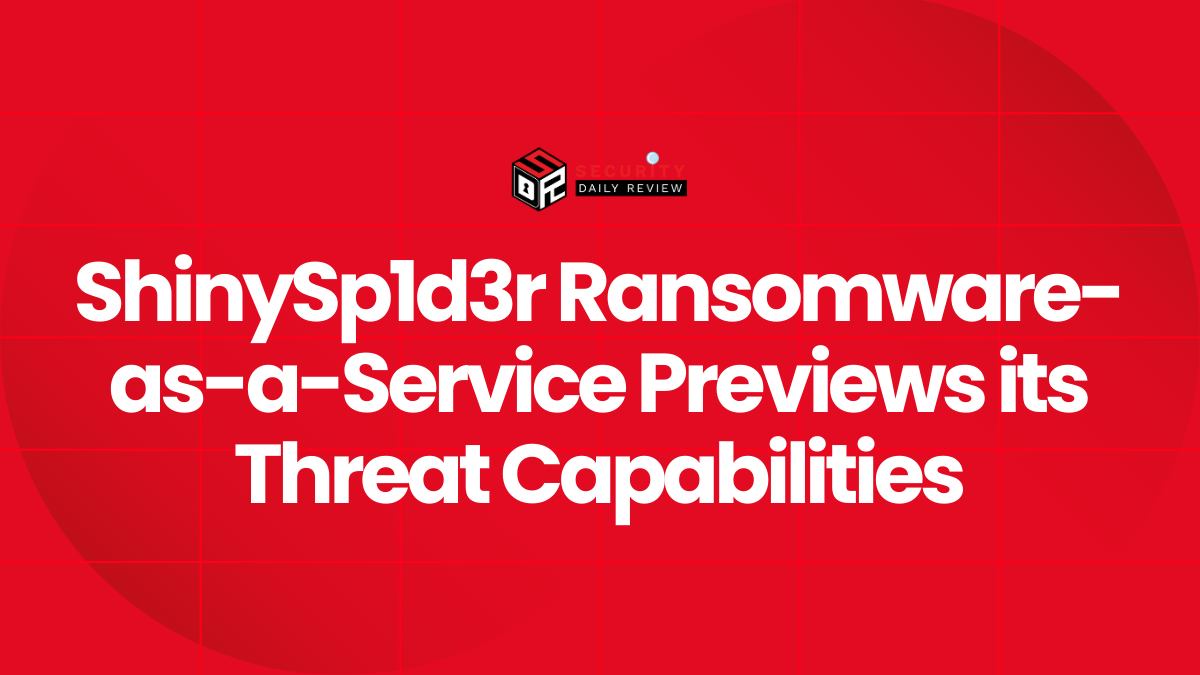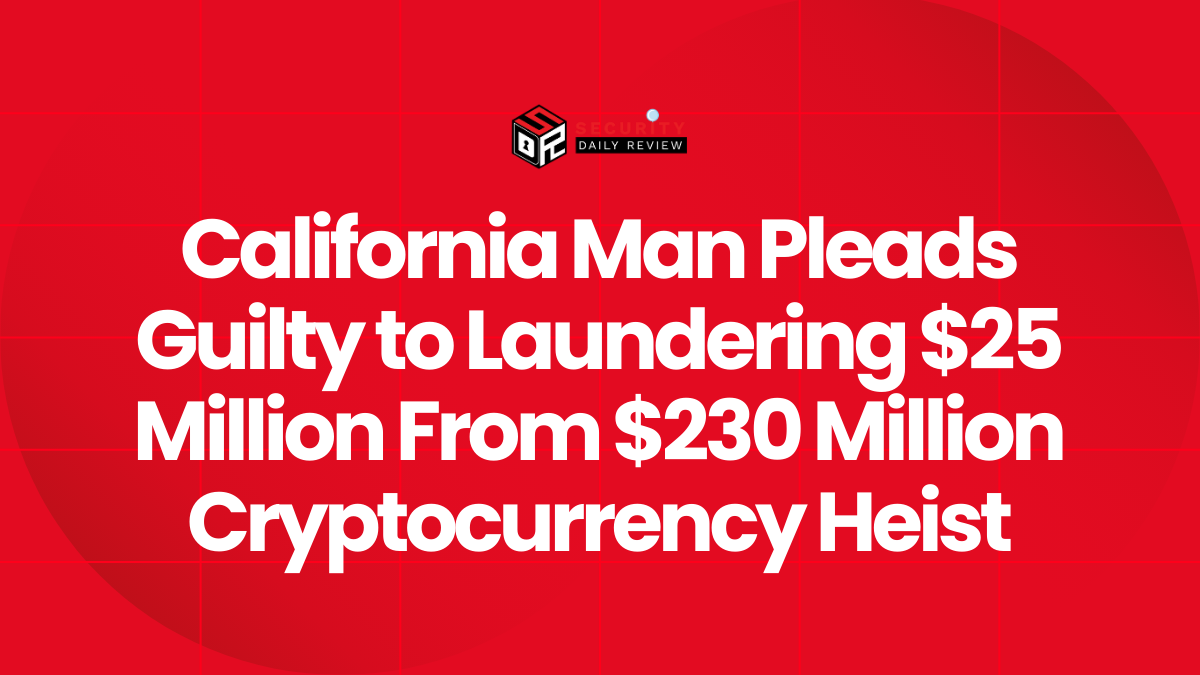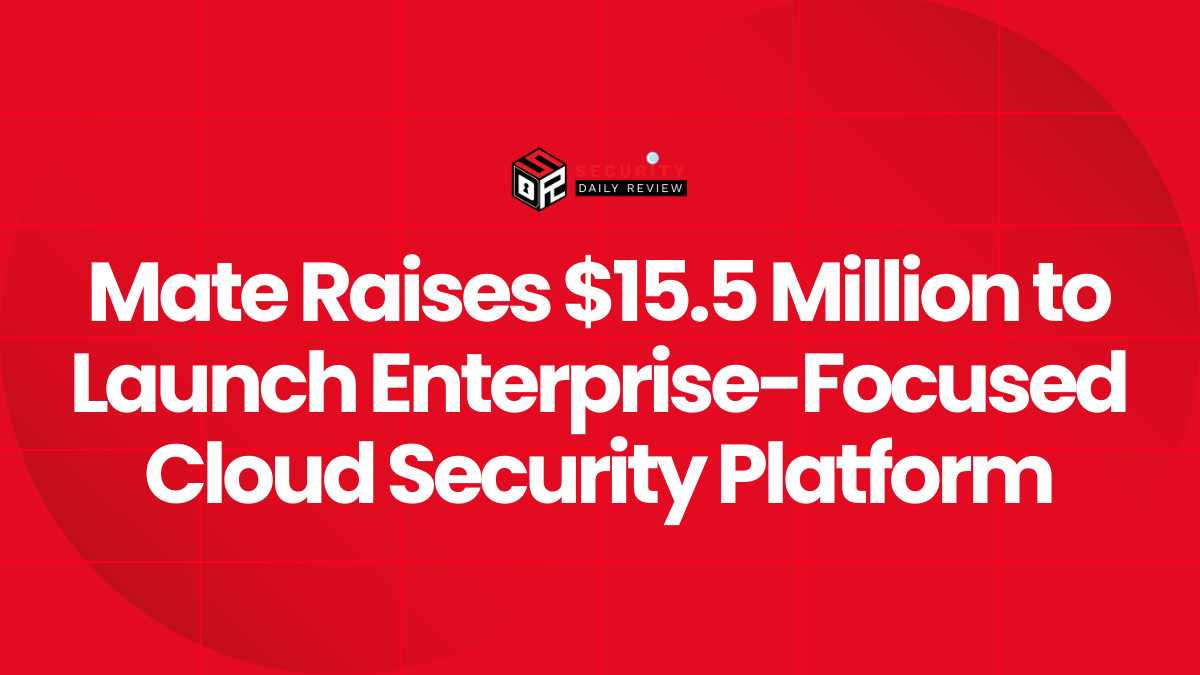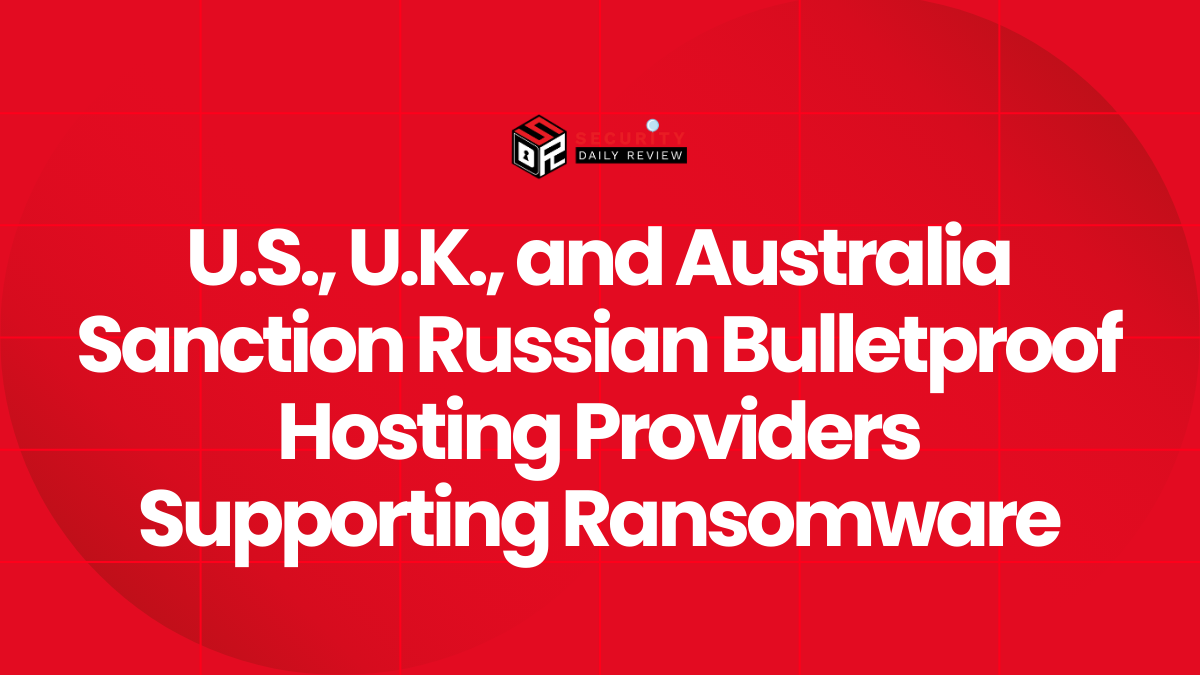An early development version of the ShinySp1d3r ransomware-as-a-service (RaaS) platform has surfaced online, offering a rare insight into what may become a significant new threat in the ransomware ecosystem. Designed with high levels of customization and obfuscation, ShinySp1d3r envisions a modular payload delivery system fortified with anti-analysis techniques, user authentication, and optional payload encryption mechanisms.
Leak Reveals a Work-in-Progress Ransomware Framework
The surfaced sample is not a completed product but it offers a window into the developers’ strategic intentions. This preview release includes an administrative control panel, a builder utility, and configurable ransomware payloads.
The early-stage components demonstrate a modular design architecture common among RaaS tooling. However, ShinySp1d3r appears to emphasize stealth, control, and compatibility, potentially increasing its attractiveness to cybercriminal affiliates once fully released.
Modular Payload Supports Multiple Encryption Modes
The ShinySp1d3r payload builder allows ransomware operators to tailor encryption methods to specific campaigns. Users can select among:
- Full-disk encryption
- File-type selective encryption
- Directory targeting options
- Intermittent encryption patterns to speed up deployment
This flexibility supports both rapid attacks and more granular data targeting—traits becoming more common in modern ransomware variants.
Encrypted file extensions such as `*.locked` and support for user-defined naming provide additional obscurity and branding flexibility for the attacker. Attack notes embedded in the payload include static ransom messages, but placeholders indicate future support for dynamic customization and multilingual targeting.
Anti-Analysis Features Aim to Evade Defenders
The development sample contains several anti-analysis mechanisms centered around runtime and basic heuristic defenses:
- Basic anti-virtualization detection to avoid sandbox environments
- Conditional execution based on installed security tooling
- Obfuscated code in the loader and payload droppers
- Sandbox evasion attempts using time delay and hardware validation
These defenses are not unusually sophisticated but signal the developers’ intent to iterate on improving detection evasion. The platform already adjusts encryption behavior based on the environment—suggesting ShinySp1d3r is aiming to make the ransomware harder to reverse-engineer or detect pre-infection.
Administrative Panel Mimics Established RaaS Models
The admin interface, while incomplete, replicates core features found in rival RaaS platforms like LockBit and RansomEXX. The framework includes:
- Campaign builder with target customization options
- Infection tracker dashboard
- Payment wallet integration placeholders
- Chat interface to negotiate with victims (under development)
Notably, the authentication methods rely on hardcoded credentials and lack secure session handling, reinforcing reports that this build is early-stage and likely proof-of-concept oriented.
As it stands, usability for affiliates is limited, but visible interface placeholders suggest future functionality geared toward campaign automation and affiliate profit sharing.
Ransomware-as-a-Service Threat Expands Further
ShinySp1d3r’s development aligns with broader ransomware trends emphasizing accessibility for would-be cybercriminals via hosted platforms. RaaS frameworks enable even low-skilled threat actors to launch targeted extortion attacks using pre-configured payloads.
Once launched, ShinySp1d3r could join the ranks of platforms like BlackCat, Hive, and RansomHouse—whose plug-and-play ecosystems have contributed to the global rise in ransomware attacks over the past two years. If the developers continue to iterate, ShinySp1d3r may pose a broader challenge to defenders, especially those focused on endpoint detection and response (EDR) and behavioral detection systems.
Ransomware Defenders Should Monitor This Platform Closely
While this leak likely represents a pre-release version meant for limited testing, defenders should begin tracking ShinySp1d3r’s infrastructure, payload attributes, and future affiliate activity. Key indicators of compromise (IOCs) will likely evolve rapidly, especially if encryption algorithms or anti-analysis modules receive significant upgrades.
With growing automation, customized payload delivery, and decentralized affiliate models, ransomware-as-a-service continues to lower the barrier for global cybercrime engagement. ShinySp1d3r’s emergence underscores the need for robust ransomware readiness strategies, including threat intelligence aggregation, managed detection and response, and data recovery planning.
Security teams should remain alert not just to this variant, but to the ongoing evolution of ransomware distribution models that are becoming harder to detect and defend against.









